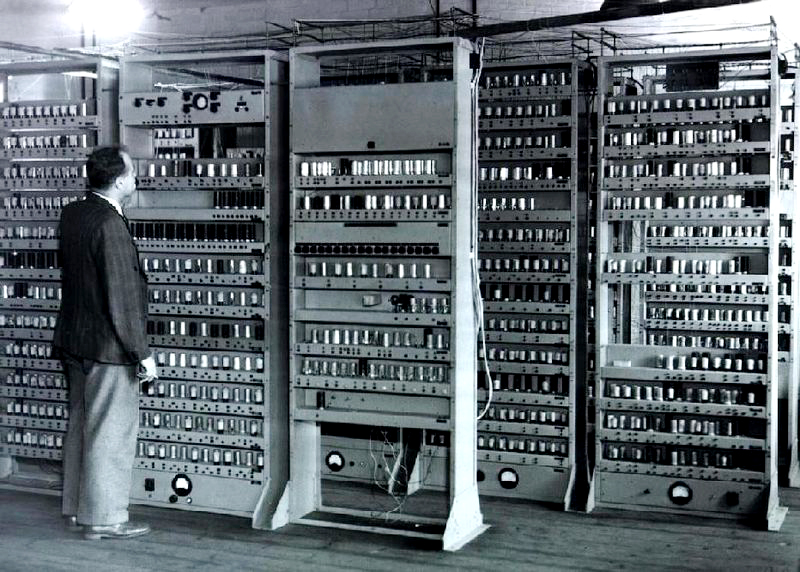First Generation of Computer
First Generation of Computer ( 1940 to 1956 )
The first generation computers used a large number of vacuum tubes and thus generated a lot of heat. They consumed a great deal of electricity and were expensive to operate. The machines were prone to frequent malfunctioning and required constant maintenance. Since first generation computers used machine language, they were difficult to program.
Hardware Technology
The first generation of computers used vacuum tubes for circuitry and magnetic drums for memory. The input to the computer was through punched cards and paper tapes. The output was displayed as printouts.

Vacuum Tube
Software Technology
The instructions were written in machine language. Machine language uses 0s and 1s for coding of the instructions. The first generation computers could solve one problem at a time.
Computing Characteristics
The computation time was in milliseconds.
Physical Appearance
These computers were enormous in size and required a large room for installation.
Application
They were used for scientific applications as they were the fastest computing device of their time.
Examples
» UNIVersal Automatic Computer (UNIVAC)
» Electronic Numerical Integrator And Calculator (ENIAC)
» Electronic Discrete Variable Automatic Computer (EDVAC)

First Generation Computer
Advantages of First Generation of Computer
» Vacuum tubes were used as electronic component.
» Electronic digital computers were developed for the first time.
» These computers were the fastest calculating devices of their time.
» Computations were performed in millisecond.
Disadvantages of First Generation of Computer
» Too large in size.
» They were unreliable.
» Induce a large amount of heat due to the vacuum tubes.
» Not portable.
» Limited commercial use.
Other Generation of compter are
» Second Generation of Computer (1956 to 1963): Using Transistors
» Third Generation of Computer (1964 to 1971): Using Integrated Circuits
» Fourth Generation of Computer (1971 to present): Using Microprocessors
» Fifth Generation of Computer (Present and Next): Using Artificial Intelligence
